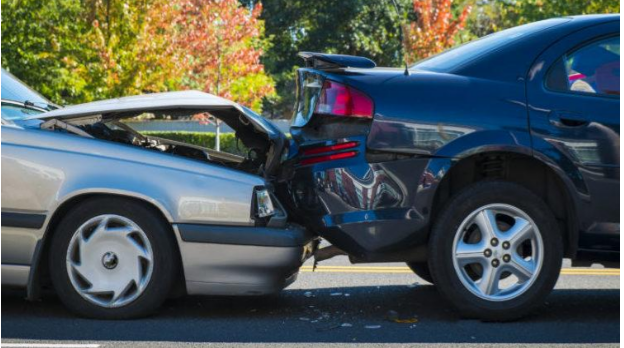“I survived a car accident. Although I can still see the van speeding toward us, I cannot bring to mind the crash itself – only its aftermath.” – Siri Hustvedt

With the onset of industrialisation and the journey through the First Industrial Revolution through to the Second Industrial Revolution, progress has brought with it the mechanisation of production, the steam engine, and the motor vehicle.
Furthermore, the continual development of the car and the increase in the vehicle’s affordability, more and more people have been and can purchase motor vehicles. Thus, the increase in the car’s affordability has led to the rise in the number of cars on the USA’s public road systems.
Unfortunately, with the increasing numbers of vehicles on the road, comes the increase in motor vehicle accidents. Not only do these incidents have a negative impact on the occupants’ physical and emotional health, but a financial cost must also be accrued to them.
The cost of Motor Vehicle Accidents
Therefore, the question that must be asked and answered is: “What is the cost of traffic incidents to the American economy?”
By way of answering this question, an article published in 2014 on the PBS News Hour website quotes statistics thatshow that, in 2010, US traffic accidents cost the Federal Government $871 billion.
This content goes on to break down the specifics of the number of vehicle accidents in 2010:
- A total of thirty-two thousand, nine hundred and ninety-nine people were killed in motor car accidents.
- Twenty-four million vehicles were damaged, some irreparably damaged.
- Just under four million people were injured in motor vehicle accidents.
Additionally, there are also different types of motor vehicle accidents such as a rear-end collision, a head-on collision, and a collision between a motor vehicle and a pedestrian. Each accident-type will accrue a different cost.
In summary, the value of the accident can be directly related to the severity of the incident. Succinctly stated, the greater the severity, the higher the cost of damage.
Furthermore, it is also important to note that a financial cost must be accrued to the emotional and physical injuries experienced by the car’s occupants as well as the actual damage to each of the vehicles involved in each accident.
Claiming the cost accrued to the accident
Now that the annual cost of motor vehicle accidents to the US economy has been extrapolated and elaborated on, let’s look at the second part of this discourse: How does a motor accident victim go about claiming for the cost of the accident?
The simplest way to answer this question is to cite a case study of a rear-end car accident and the subsequent settlement process. In order to ensure a comprehensive understanding of the case study cited, let’s first look at a couple of important definitions:
The rear-end accident: A concise definition
Succinctly stated, a rear-end vehicle accident is where the motor vehicle behind another car in front of it is being driven (by its driver) faster than the speed at which the first vehicle is travelling. Consequently, the second vehicle drives into the back of the car in front.
The reasons for this scenario do not matter. However, it is critical to note that, irrespective of the reason why the driver of the second car rams into the back of the first car, the second car’s driver is always held responsible for the accident.
Injuries caused as a result of the accident
It is vital to note that the term “motor vehicle accident injuries” include all physical and emotional damage. And, likely, there will always be injuries no matter how slow the two vehicles are travelling at the point of contact. And, as stated above, the greater the impact, the greater the damage to both car and occupants.
The rear-end accident: A case study
Let’s assume, for the purposes of this discourse, that John and Peter are involved in a rear-end collision. Peter drove into the back of John’s motor vehicle. It was a minor collision in that both the cars were not written off and there was no loss of life. However, John was diagnosed with, and treated for, whiplash.
According to the Personal Injury Law, John can claim financial damages for the physical injury and the emotional impact of the accident from Peter (or Peter’s insurance company). In summary, to achieve the best outcome, it is preferable for John to employ a personal injury specialist to file the claim with the local civil court.
Final thoughts
This content has touched on the essential points regarding the annual cost of motor vehicle accidents to the US economy. However, it is vital to highlight the fact that the higher the monetary value, the more significant the detrimental impact vehicle accidents will have on the US economy.
Thus, it is prudent for motor vehicle drivers, not only to reduce the negative impact on the motor vehicle’s occupants but to lower the adverse effects of car accidents on the American economy.
Disclaimer: This content does not necessarily represent the views of IWB.